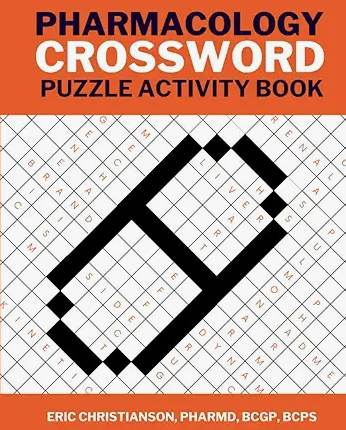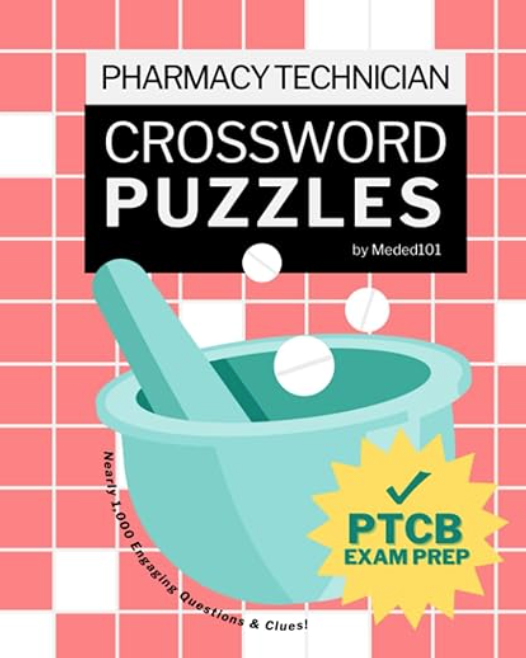I don’t recall learning about oxycodone pharmacokinetics in school. Cut me some slack, maybe I was gone that day? Or maybe my memory is fading? It’s actually pretty complicated and drug interactions and pharmacogenomics can play a significant role in how a patient responds to this medication. Whenever CYP2D6 and CYP3A4 are involved in pharmacokinetics, you know that there is potential for significant drug interactions.
Let’s start with the basics of oxycodone pharmacokinetics with regard to metabolism. The two major enzymes that are critical for its breakdown and activation are CYP3A4 and CYP2D6. Those are two pretty critical enzymes with many considerations for drug interactions and pharmacogenomic variations. CYP2D6 is the most critical for its analgesic properties. Oxycodone (a prodrug) is converted to oxymorphone which has significant analgesic properties. I’ve laid out numerous medications that impact CYP2D6 previously which you can find here.
CYP2D6 – Reduced Activity
CYP3A4 converts oxycodone to a virtually inactive compound in noroxycodone and other inactive compounds. If CYP2D6 has reduced activity through pharmacogenomic variation or drug interactions, it could lead to more of the drug being metabolized by CYP3A4 and less work done by CYP2D6. This shifting would produce less oxymorphone, reduce the analgesic action of the medication and patients would be less likely to respond to oxycodone.
CYP3A4 – Reduced Activity
Let’s take a look at CYP3A4 alterations and how they might alter oxycodone pharmacokinetics. If a patient is taking a CYP3A4 inhibitor, this would shift the metabolic breakdown burden to CYP2D6. This would lead to an increased concentration of oxymorphone and thus higher opioid/pain relieving activity. In the same respect, if a patient is a CYP3A4 poor metabolizer, they are more likely to experience greater pain relief and/or have a higher risk for toxicity.
Looking for more on drug interactions? Check out my book on common drug interactions in primary care.
- 30 medication mistakes PDF
- 18+ Page Drug Interaction PDF
- 10 Commandments of Polypharmacy Webinar based on my experiences in clinical practice









Important reminder. Thanks!
Great write up! Thanks for writing on this